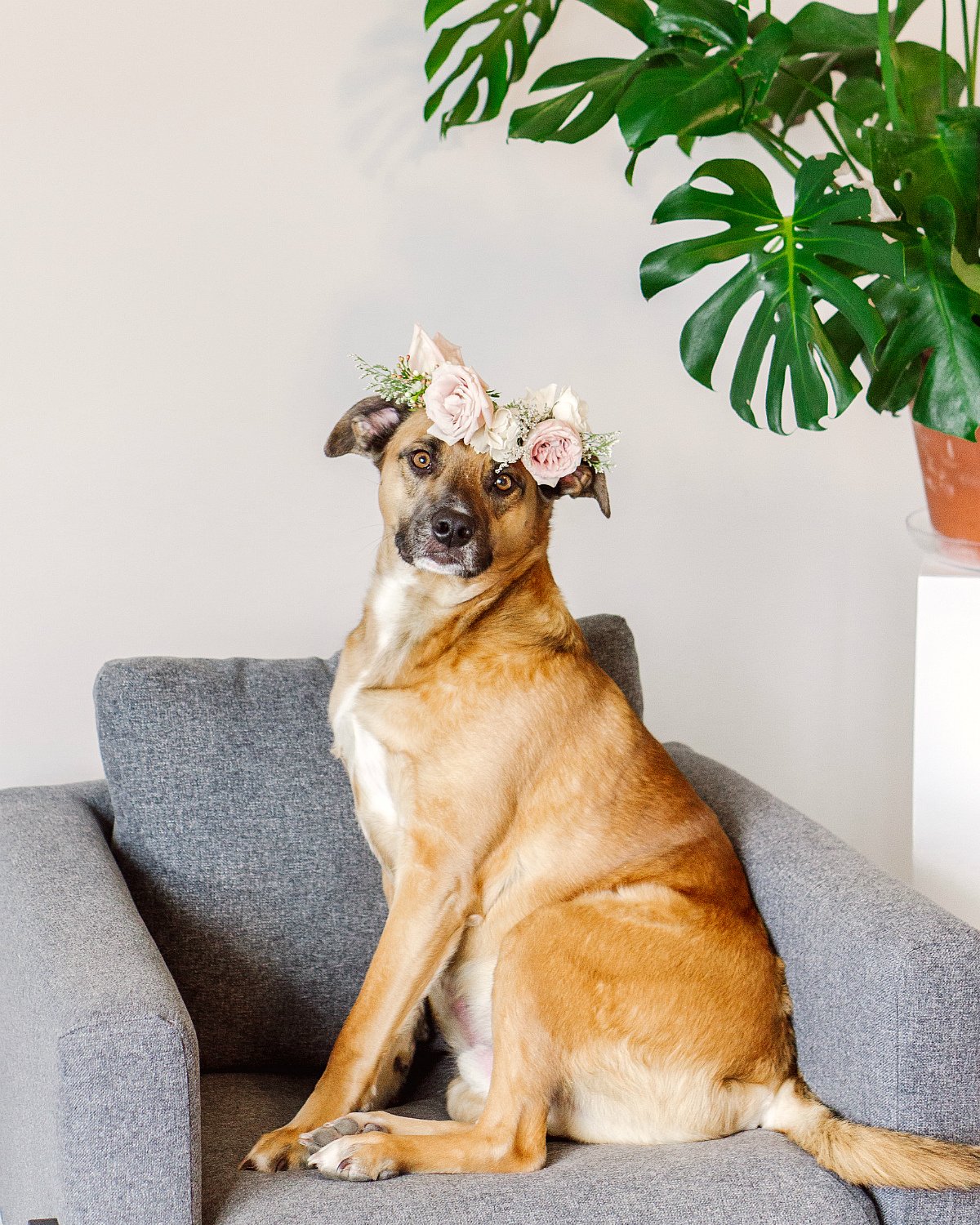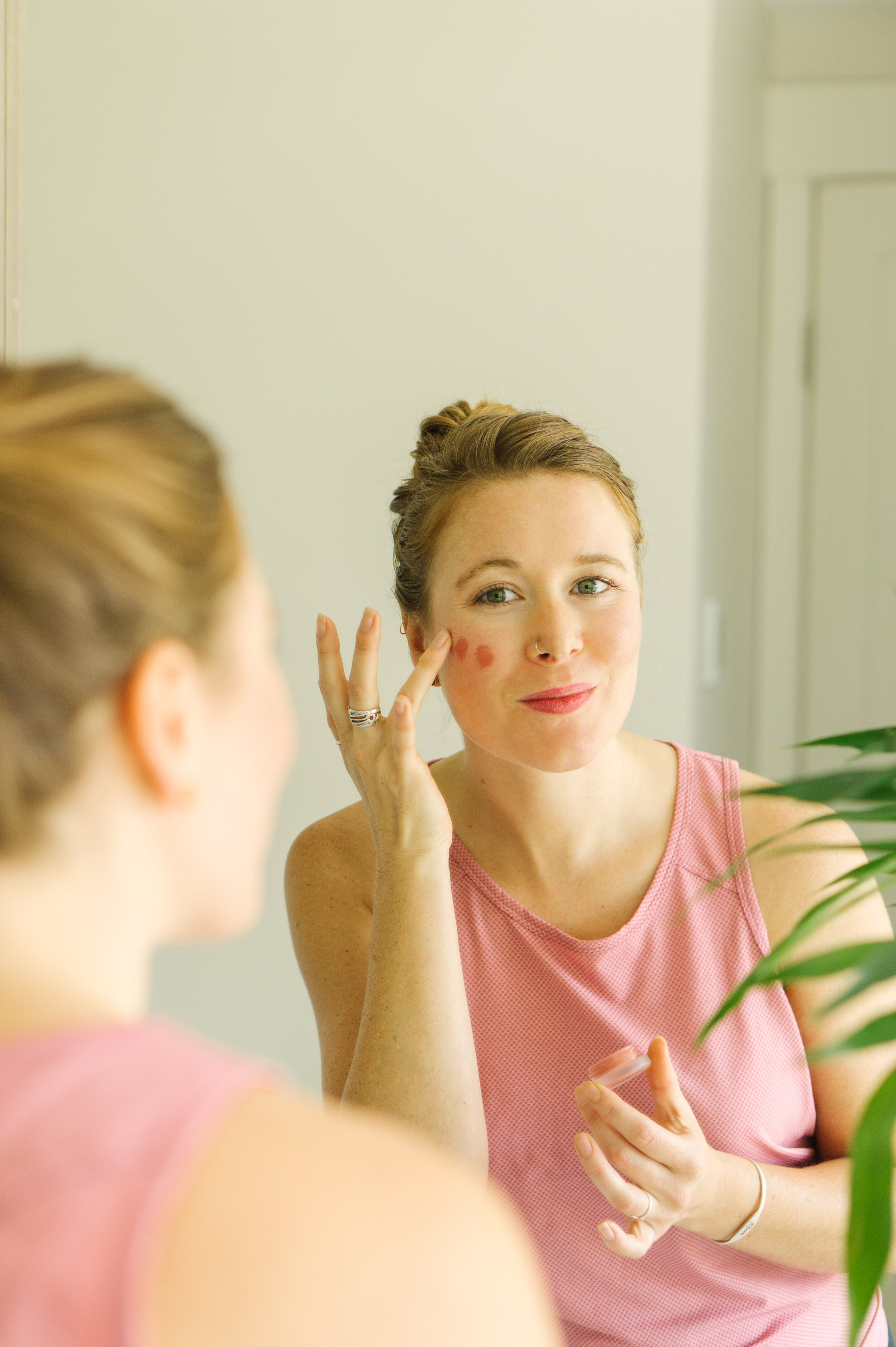How Often Should I Be Posting? and Other Common Questions
I’ve had the privilege of speaking at several events and locations this year, and for that experience, I’ve discovered something interesting: Everyone seems to have the exact same questions.
When I analyze these questions, I realize that many of them are the kinds of questions I asked at the beginning of my photography or entrepreneurial journey—questions I went looking for answers to on YouTube, blogs, and/or anywhere else people post information for free, only to leave discouraged because either no one had an answer, or the answers I found didn’t seem solid or credible.
Today, I have answers to many of those questions, and I’m excited to create a mini resource center in this post by addressing them!
I’ve picked questions I don’t feel warrant their own blog posts (yet at least), and they range from social media type questions to more businessy ones. I hope they provide a little insight to someone in distress!
HOW OFTEN SHOULD I BE POSTING ON FACEBOOK, INSTAGRAM…?
As often as you’re able to provide truly valuable content to your intended audience.
Most people who ask this question are, I believe, looking for an actual, magic number: The number of times they “should” post if they want to grow fast, without alienating their existing audience, and without getting flagged for spam by the algorithm.
I am here to report: There is no magic number that will work for everyone, across all algorithms, for all time. The number of times you post really should be tethered to what is sustainable for you in your business, as it provides value to the people you want to foster a relationship with.
I have a client who is committed to posting two times per day on Instagram. She works from home (full time), balances a mix of her own images with stock images, and has found the two times per day that her audience is most active, and she’s grown to 3K in just about a year.
I have another set of clients who post 2-3 times per week, have been in business just a little longer than that first client I mentioned, and have twice as many followers—but they’re a retail business with two locations. They’re on their feet with customers all day, and they post in real time or when it fits into their workflow.
I have still another client who posts once a day, usually in the morning, and although she’s growing at a much slower rate, steadily, she’s still figuring out what her audience finds valuable. She’s in the research-and-development phase, and she’s okay with that.
Focus on providing value first, looking at your insights or analytics seconds, and making adjustments to your schedule organically. The most far-reaching social users are the ones who fill a hole in the market with their content; the ones that are huge but have lower engagement are the ones who create content for content’s sake.
DO I STILL NEED A WEBSITE, IF I’M ON ALL THE SOCIAL PLATFORMS?
Yes, you absolutely need a website.
I actually did a live stream on this a couple years ago (click here to watch it), and I still agree with the content I wrote for that video.
Here’s the thing about social platforms: Someone else owns and has power over those spaces. Not only are they never going to look exactly like your brand (Facebook is probably always going to be blue and gray, for example), but the owners of social platforms get to decide what stays and goes, so at any moment, everything you’ve created could be gone:
When Instagram introduced live streaming, content creators jumped on it… until they realized their streams could only be up to an hour long each, and after 24 hours, those streams would disappear.
Before I blogged, I used to use the “Notes” feature on Facebook—and I had a lot of readers! Then the “timeline” format was introduced all Notes all across the platform vanished. Imagine losing all your photos, videos, or blog posts! It’s crushing!
Also, think about this: When you’re scrolling on Instagram or Facebook, how often do you see posts from your favorite businesses? Not often, I bet. There are a couple reasons for this:
One, the algorithm in either place as of this post only shows your content to 6-10% of your audience (yikes—imagine writing an email blast, sending it, and knowing only 6-10% of people would get it to their inbox!).
Two, you might be seeing posts from your favorite businesses, but scrolling right on by them because they aren’t as interesting as what someone else has posted.
Neither of these is an issue when you own your own website. Your visitors have all access, all the time—and you’re the only on talking. There won’t be videos of someone else’s new puppy or a shocking political announcement trying out-yell what you’ve written… because everything on your website is by YOU.
If you don’t have a website now, get one! Then learn how to send traffic to it using social media, SEO, and your in-person experiences with people. This way you can control the conversation.
IS IT STILL WORTHWHILE TO HAVE A BLOG? DO I NEED ONE?
Yes, it is still worthwhile to have a blog, and no, I don’t think you need one.
In case these two answers sound at odds, let me clarify:
Not everyone wants or loves to write, and to hear “You need to have a blog” when you’re someone in this category is only going to cause you undue anxiety and stress. Hundreds of thousands, if not millions, of businesses have operated successfully over centuries without ever blogging.
However, sometimes having a blog is what sets you apart. At a recent speaking event, I was asked by a fellow photographer about blogging, and I said, “I don’t post client galleries on my blog like most photographers do. I provide answers to common questions, and content that present and future clients will find helpful, so when it comes down to me and another photographer, they’re more likely to choose me: Because I’ve already provided value to them—they know I have their back.”
Blogging can also be the way your SEO ranking climbs from page 3 to page 1. If your website is always changing and updating, Google recognizes that. If you’re providing answers to questions people are commonly searching, Google recognizes that. If more people are visiting your website because you have helpful content, Google recognizes that. So having a blog can simply be a business strategy to get on the first page of search results for a particular set of keywords.
I actually also read an article that covered a series of studies that reported that longer blog posts are on the rise—people have been saying for a long time without the research to back it up that as photos and videos become more popular and mainstream for content creators, blogging is going to die out… but it seems the opposite is true. People are looking for deep and helpful answers to their questions, which sometimes the “faster” media options don’t provide.
HOW DID YOU GET STARTED?
I just started.
I know that’s a frustrating answer; I remember wanting the “secret formula” others had used to guarantee their success, back before ATG began. But I learned by just starting that what all my role models and mentors before me had said about their paths to success—that they just started, and figured it out as they went—is really how everyone gets started.
I think the heart of this question comes down to, “I don’t know what to do. Tell me what to do.” We think, subconsciously or maybe unconsciously, that there’s somewhere we can go to “sign up” to start a business legally, or that there’s a perfect formula for forming our prices, or that there are people out there who can help us write “a business plan” and then tell us whether our idea will work or not. Unfortunately, most if not all of that is bunk.
Absolutely, there are resources out there that can help us lead us in a general direction, and direction is needed for starting a business. There are templates for business plans out there (score.org is a resource), but you don’t necessarily need a business plan to get started; there are cheat sheets for forming prices for both products and services, but they’re not one-size-fits all.
You can really learn the most by doing—by testing an idea, looking at the response, gathering data, making changes, and going out and trying again. For me, that looked like offering a subscription photography service based on the pain points I had experienced as a business manager, asking around to see if these pains were the same for other business managers, offering the service to a variety of businesses and really listening to their reasons for saying yes or no, and evolving from there. I’m here today because I did the work and because I didn’t look at each stopping point as “failure,” but as data for what to do or not do next.
Was this helpful? Would you like to see more posts like this one? I’d love your feedback! Leave me a comment below with YOUR big question! I can’t wait to answer it in an upcoming post. And as always, if you found this helpful, I’d love for you to pin your favorite image from the post to a board where others will get to see it, too. Thanks for reading! Until next time!
HELLO! MY NAME IS ALEXIS.
Coffee lover, day dreamer, foodie, and creative. I believe in doing what you can with what you have where you are. I blog to help you do more with what you have. I hope you love it here!





















